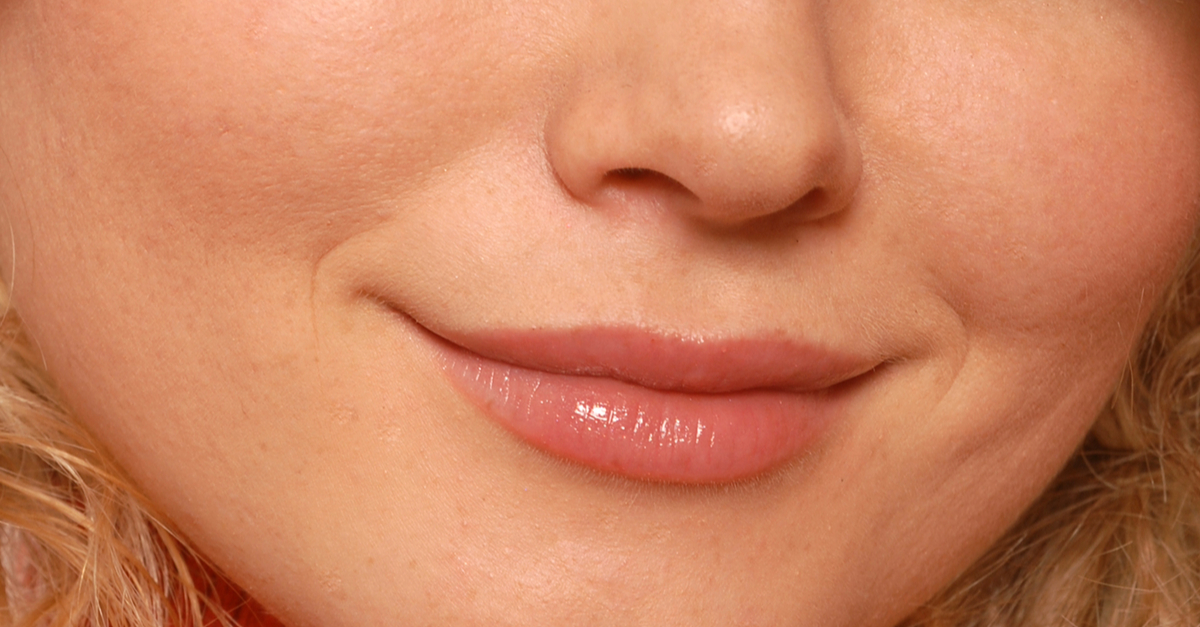Smiling, Even When You Don’t Feel Like it, Can Make you Want to Smile

Recently, a friend said that she often tries to make sure her facial expression includes curling her lips upward while in a neutral position. She liked the idea of a smile gently on the horizon versus a frown. I loved this idea and have incorporated it into my own quiet moments. But I did wonder, does a gentle curling of the lips upward impact mood? Research indicates that a “real” smile can impact your immune system, change your mood, make you look more attractive, relieve stress and even make you look younger. (Stibich, 2010)But what is the impact when you don’t necessarily feel like smiling, but make the choice to curl your lips upward to create a “fake” smile. The idea that not only does facial expressions affect your mood, but CAUSES your mood, goes back to Darwin.
In the 70s and 80s there were numerous studies researching the idea that smiling “caused” happiness. Dr. Robert Zajonc published a significant study on the emotional effect of producing a smile. He had subjects do things that forced their faces into various expressions. He found that smiling could affect mood. Basically, the idea is that when you are in a neutral state, you can tip your mood by the expression on your face. Curling your lips upward could bring about feelings of happiness, just as a fearful expression could bring about more unpleasant feelings. (Layton, 2010)
The theory asserts that when the temperature in your body changes, chemicals related to that area also change. When facial muscles are activated in an expression, the biochemical processes associated with those facial areas alter the temperature of the body. A fearful expression will produce warmth in the body whereas a happy expression will create coolness in the body. The body temperature impacts the brain which impacts the mood. A cooler brain creates positive emotions while a warmer brain produces negative emotions. (Layton, 2010)
So this would indicate that there are many reasons to smile, even when you don’t feel like it. Smiling can make you want to smile, almost like the laughing yoga that starts out with fake laughing and pretty soon you are feeling the real laughter. Spend some time this week experimenting. Notice when you are by yourself how your lips curl. See if curling your lips upward makes you want to smile a bit more. Perhaps this process will become contagious just like smiling at others can be contagious.
Works Cited
Layton, J. (2010). Does smiling make you happy? Retrieved February 17, 2013, from Howstuffworks.
Stibich, M. P. (2010, February 4). Top 10 reasons to smile. Retrieved February 17, 2013, from About.com.
ABOUT THE AUTHOR

Janie Pfeifer Watson
Licensed Independent Clinical Social Worker
Licensed Independent Mental Health Practitioner- Janie Pfeifer Watson, LICSW, is the founder and director of Wholeness Healing Center, a mental health practice in Grand Island, Nebraska with remote sites in Broken Bow and Kearney. Her expertise encompasses a broad range of areas, including depression, anxiety, attachment and bonding, coaching, couples work, mindfulness, trauma, and grief. She views therapy as an opportunity to learn more about yourself as you step more into being your authentic self. From her perspective this is part of the spiritual journey; on this journey, she serves as a mirror for her clients as they get to know themselves—and, ultimately, to love themselves.
LATEST ARTICLES BY Janie Pfeifer Watson
Subscribe today
Sign up to receive the latest mental health tips and inspiration